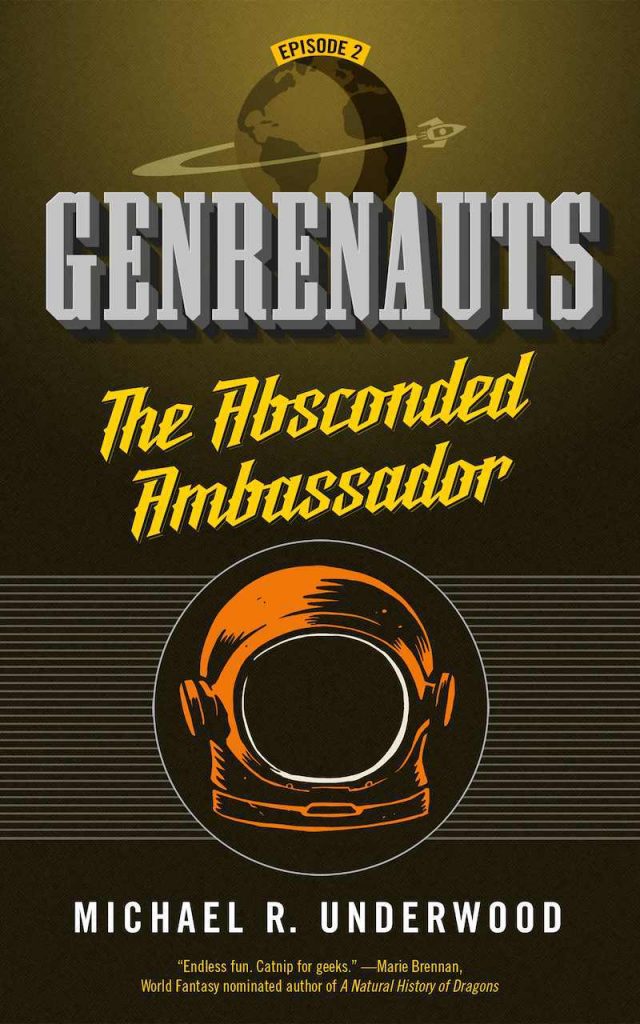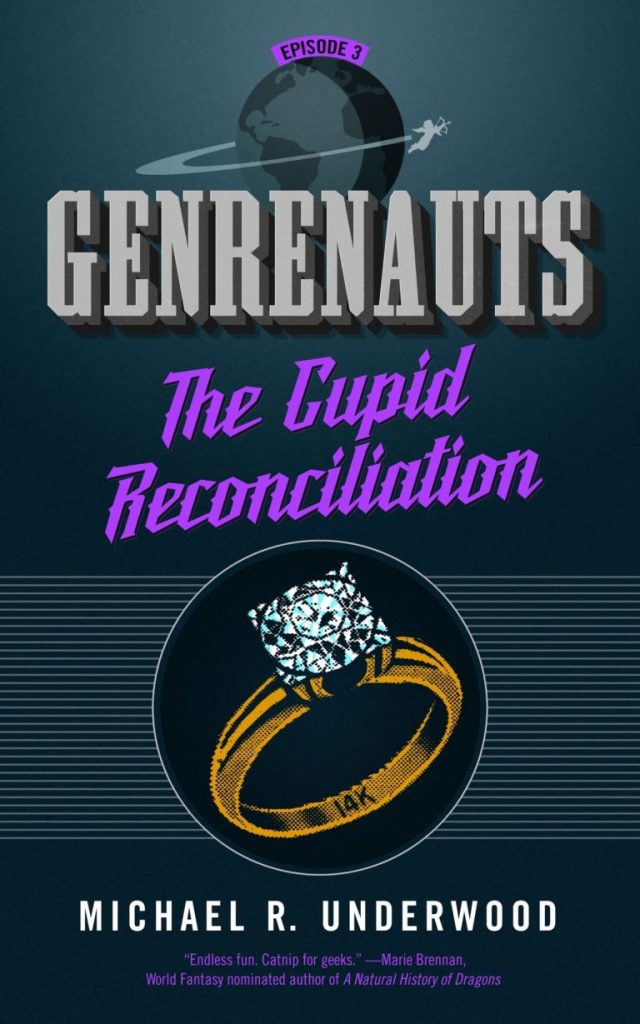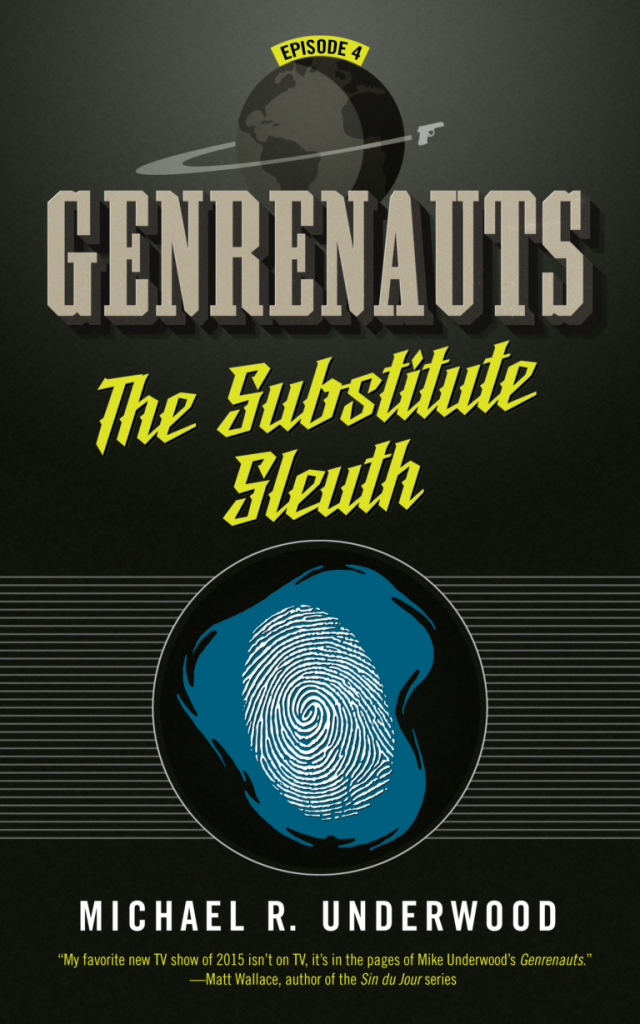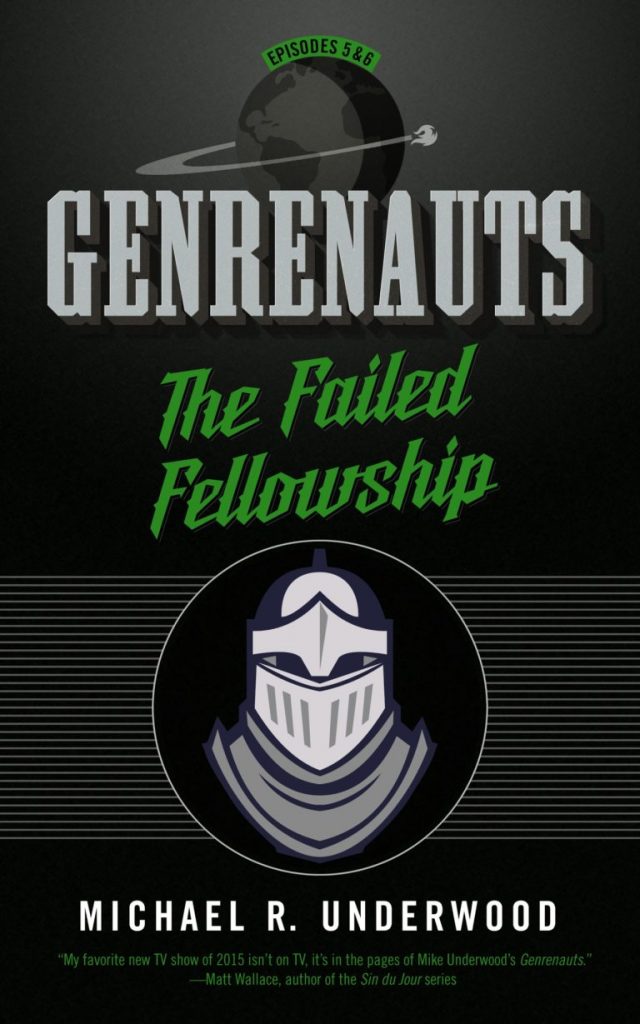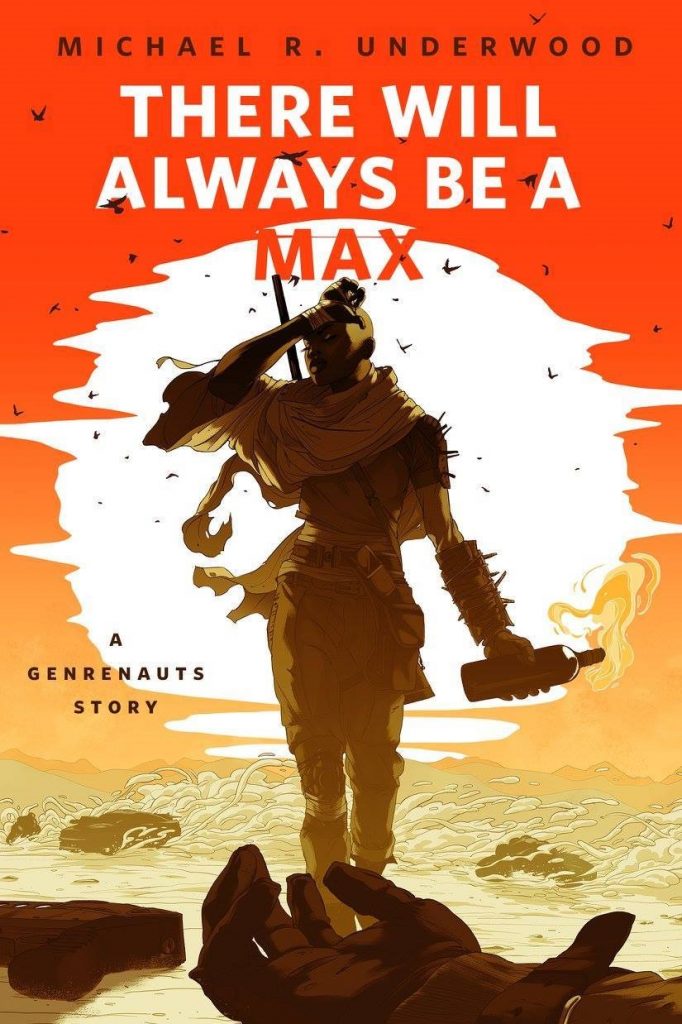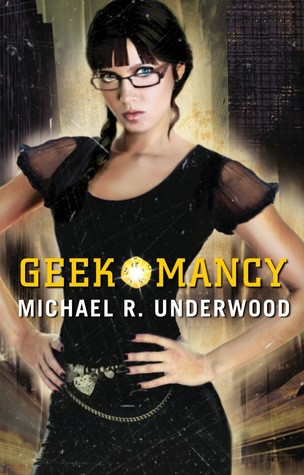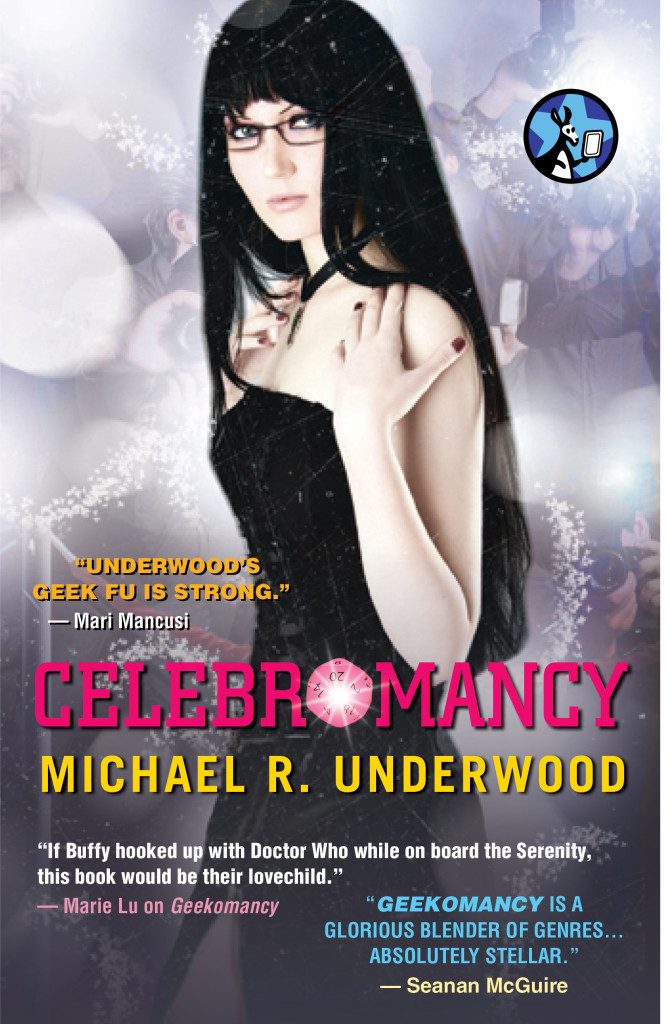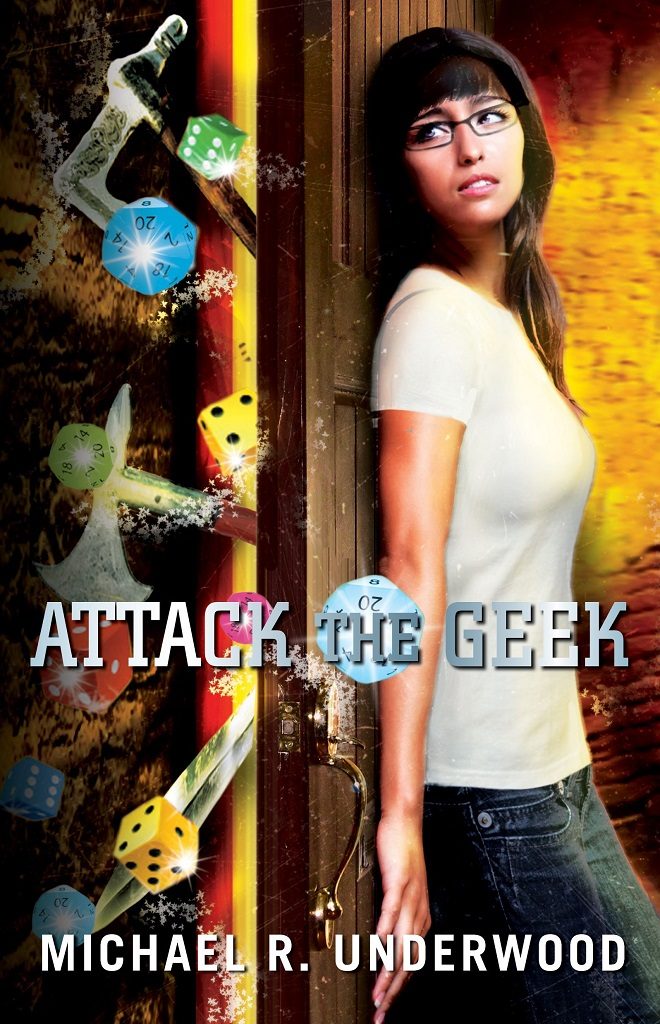(1) CULTURE CANCEL. Andrew Liptak tells Tor.com readers “Amazon’s Culture TV Series No Longer in the Works”. He also reports, “Ringworld doesn’t seem to be moving forward.” His source is Den of Geek, which has it from Utopia creator Dennis Kelly who said:
“In the end, I just think the estate didn’t want to go through with it. It wasn’t the material. They hadn’t seen anything [he had written], it was just because I think they weren’t ready to do it, for whatever reason. I’m a little mystified myself, to be honest.”
(2) ANOTHER NASFIC GOODY. The Columbus 2020 NASFiC published a Coloring Book of illustrations by some of their art show participants, including Artist Guest of Honor Stephanie Law. Download from Google Drive here.
(3) LEVYING A TAXONOMY. James Wallace Harris asks “When Did E. M. Forster’s ‘The Machine Stops’ Become Science Fiction?” at Classics of Science Fiction.
In 1909 E. M. Forster’s story “The Machine Stops” was published in the November issue of The Oxford and Cambridge Review. It is a dystopian tale about a future society run by a machine. Forster was replying to H. G. Wells novel, A Modern Utopia serialized in the Fortnightly Review in 1904 and 1905. Neither writer thought they were writing science fiction because, first, the term did not yet exist, and second, because Wells was promoting scientific socialism and Forster was protesting it. However, both stories had all the trappings of science fiction.
A Modern Utopia is seldom remembered by science fiction fans, but “The Machine Stops” is considered one of the classics of the genre, and often reprinted in retrospective anthologies of science fiction short stories.
(4) MERCURY RISING. The Right Stuff, a new scripted original series begins airing October 9 on Disney+.
Tor.com’s Andrew Liptak, in “The First Trailer for Disney+’s The Right Stuff Shows Off a Familiar Story of Heroics”, takes this approach:
…What many of these stories boil down to is that a group of white men worked really hard to reach the Moon, and did.
To be sure, it’s an incredible achievement. But it’s not the full story, and a new body of works like Hidden Figures, Apple’s For All Mankind, Mercury 13, and Mary Robinette Kowal’s Lady Astronaut novels have begun to reinterpret and puncture the mythos that’s surrounded Apollo for decades, highlighting the role that marginalized mathematicians, engineers, designers, and astronaut candidates played in that epic story.
(5) ANOTHER STAY-AT-HOME RECOMMENDATION. From the Time to Eat the Dogs podcast, “The Argument Against Human Colonies in Space”, via LitHub.
Time to Eat the Dogs is a podcast about science, history, and exploration. Each week, Michael Robinson interviews scientists, journalists, and adventurers about life at the extreme.
In today’s episode, Daniel Deudney makes the argument against the human colonization of space. He suggests that Space Expansionism is a dangerous project, a utopian ideal that masks important risks to human civilization. His latest book is Dark Skies: Space Expansionism, Planetary Geopolitics, and the Ends of Humanity….
Michael Robinson: You make the point in your book that futurists are people who are kind of connected to this idea of technological futurism, especially in space. Futurists are also usually space expansionists. I was thinking about that. I’m like, why would that have to be? Because there are all kinds of, let’s say, technologies of space that don’t require expansionism. You have all kinds of remote rovers, for example, and telescopes. So what’s the connection between space, futurism, and people who want to expand or colonize space?
Daniel Deudney: Well, there’s lots of different ideas in space expansionism. And certainly one of the most basic is exploration to acquire knowledge. Think about geographic exploration as a type of scientific activity where one goes to different places and makes, you know, empirical observations about those places. That’s what exploration is. So geography is a science in an important way. And that activity, as you intimated, doesn’t really require humans nearly as much as it will get in the past. This is one of the unique features of space exploration to date in comparison, say, to the exploration of the ocean or the Arctic or the atmosphere. We have robotic vehicles that have gone to Mars. Many of the bodies in the solar system have been visited by probes of increasing capability. And humans have only been briefly—50 years ago—to the moon. And so there is a sense in which a kind of prostatic or a robotic exploration has been occurring.
And the reason for this is kind of obvious, which is that the cost of putting a human into space and keeping a human alive is about the same as it was 50 years ago. Very high, very difficult. And the cost of sending a probe has been getting successively cheaper. This is, of course, because the generic technologies people say, oh, space technology has been advancing. Well, the technologies that have been advancing that are most important have not really been unique to space. They’ve been the same technologies rooted in revolutions and solid-state physics that underlay the Internet censors, obviously computing capability, communications. Think about the amount of bandwidth that we now etch into tiny parts of the electromagnetic spectrum, say, compared to what the electric telegraph could do. Bandwidth has been the big story.
(6) INFORMED TERROR. Spacefaring Kitten is “Paying a visit to Lovecraft Country” at Nerds of a Feather.
…When the bulby-eyed Lovecraft statue was finally retired in 2015, his most ardent admirers were so unhappy that they even returned the trophies they had previously won. As much Lovecraftiana is published as before, but the most memorable new works explicitly take aim at the racial attitudes of Lovecraft and his works. Victor LaValle’s “Ballad of Black Tom” rewrote the “The Horror at Red Hook” from the viewpoint of a black protagonist, and other such works are making it hard to even think about Lovecraft without considering his politics.
In Lovecraft Country, all the Lovecraftian monstrosities are there to make a very specific political point. Indeed, Shoggoths are roaming the night and there are things with way too many eyes and tentacles (and consonants in their names), but evil-wise they are nothing compared to the darkness of Jim Crow. It’s a good premise, even though it reduces the Lovecraftian to a gallery of slimy monsters, missing all the bleak lonely horror that I would actually consider Lovecraft’s claim to fame. Beings from alien dimensions and the fact that there used to be towns where non-whites are killed if they don’t leave before the sun sets are both terrifying.
(7) TODAY’S DAY.
August 24 – Pluto Demoted Day
Pluto’s classification as a planet has had a history of changes. Since 2006, per the International Astronomical Union’s planetary criteria, Pluto isn’t considered a planet because it hasn’t cleared the neighborhood around its orbit of other objects. However, it does meet IAU’s criteria for what constitutes a dwarf planet.
Pluto Demoted Day now takes place every year to mark that very occasion.
(8) MEDIA BIRTHDAY.
August 24, 1966 — Fantastic Voyage premiered. It would lose out at NYCon 3 to Star Trek’s “The Menagerie” for Best Dramatic Presentation. It was directed by Richard Fleischer and produced by Saul David. The screenplay by Harry Kleiner from a story by Jerome Bixby and Otto Clement. The cast was Stephen Boyd, Raquel Welch, Edmond O’Brien, Donald Pleasence, and Arthur Kennedy. Asimov wrote the novelization which came out six months before the film leading to the belief that it’s based on that novel. Critics generally liked it with one saying saying it was the best SF film since Destination Moon. It however didn’t catch on with public and was a box office failure. Audience reviewers at Rotten Tomatoes currently give it an incredible 91% rating.
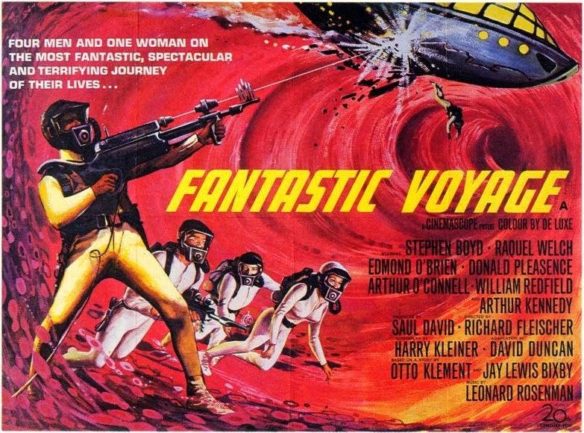
(9) TODAY’S BIRTHDAYS.
[Compiled by Cat Eldridge and John Hertz.]
- Born August 24, 1872 – Sir Henry Maximilian Beerbohm. Signed caricatures and was generally known as “Max”; when Bernard Shaw, whom he succeeded as drama critic for the (British) Saturday Review, wrote “The younger generation is knocking at the door; and as I open it there steps spritely in the incomparable Max”, that too stuck. MB, then 26, celebrated since his Oxford days, was and remained deft and immaculate, treating himself as he did others, e.g. “I was a modest, good-natured boy. It was Oxford that made me insufferable.” Unfortunately for satire a blade seems just a strip of metal if we don’t see it cut. Love of MB, or Jane Austen, or Lady Murasaki, calls for knowing their world. MB is ours by virtue of Zuleika (rhymes with bleak-ah) Dobson, one further novel, six shorter stories, fictional memoirs in Seven Men and Two Others (expanded 1950 from Seven Men); he did much more. Here is a caricature of himself. (Died 1956) [JH]
- Born August 24, 1896 – Stanton Coblentz. A score of novels, six dozen shorter stories, fifty poems; more in history, criticism, other nonfiction. Clute and Langford complain “never a smooth stylist, nor an imaginative plotter”, but “he had a strong gift for the description of ingeniously conceived alien environments, and was often regarded as … best capable of conveying the sense of wonder”. Memoir Adventures of a Freelancer. (Died 1982) [JH]
- Born August 24, 1899 — Jorge Luis Borges. I’m reasonably sure my first encounter with him was at University with the assignment of The Library of Babel. I’m not deeply read in him but I also loved The Book of Imaginary Beings, and though not genre, recommend The Last Interview and Other Conversations for an excellent look at him as a writer. (Died 1985.) (CE)
- Born August 24, 1915 – Alice Sheldon. Alice Sheldon who wrote as James Tiptree Jr. was one of our most brilliant short story writers ever. She only wrote two novels, Up the Walls of the World and Brightness Falls from the Air but they too are worth reading even if critics weren’t pleased by them. And who here knows why Up the Walls of the World waswithdrawn from the Hugo nominations at Seacon ‘79? (Died 1987.) (CE)
- Born August 24, 1926 – Bea Mahaffey. Edited Mystic, Science Stories and Other Worlds Science Stories, Universe with Ray Palmer (sometimes jointly as “George Bell”). Member of the Cincinnati Fantasy Group. Spoke at Hydracon. Visiting the United Kingdom she was celebrated in Northern Ireland with BEACon. Here she is pulling strings at NYcon II (14th Worldcon; left, Lee Hoffman; center, Dave Kyle). First Fandom Hall of Fame. (Died 1987) [JH]
- Born August 24, 1932 — William Morgan Sheppard. Best remembered I think as Blank Reg in Max Headroom: 20 Minutes into the Future. Genre wise I’d add him being the Klingon Prison Warden In Star Trek VI: The Undiscovered Country, Merrit in The Prestige, the rather scary Soul Hunter on Babylon 5 and a Vulcan Science Minister in Star Trek. (Died 2019.) (CE)
- Born August 24, 1936 — A. S. Byatt, 84. Author of three genre novels, two of which I’m familiar with, Possession: A Romance which became a rather decent film, and the Mythopoeic Fantasy Award for Adult Literature-winning The Djinn in the Nightingale’s Eye, and one I’ve never heard of, Ragnarok: The End of the Gods, but I’m actually much, much more fond of her short fiction. I’d start with the Little Black Book of Stories and Angels & Insects collections. (CE)
- Born August 24, 1951 — Tony Amendola, 69. Prolly best known for being the Jaffa master Bra’tac on Stargate SG-1. He’s also had recurring roles as Edouard Kagame of Liber8 on Continuum and on Once Upon a Time as Pinocchio’s creator, Geppetto. His list of one-off genre appearances is extensive and includes Angel, Charmed, Lois & Clark, Space: Above and Beyond, the Crusade spin-off of Babylon 5, X Files, Voyager, Dirk Gently’s Holistic Detective Agency, Terminator: The Sarah Connor Chronicles, Alias, She-Wolf of London and Kindred: The Embraced. He’s also been a voice actor in gaming with roles in such games as World of Warcraft: Warlords of Draenor, World of Warcraft: Legion and World of Final Fantasy. (CE)
- Born August 24, 1951 – Orson Scott Card, 69. Five dozen novels, a hundred shorter stories, a score of poems; video games, comics, film; nonfiction. “Books to Look For” in The Magazine of Fantasy & Science Fiction May 87 – Dec 93. InterGalactic Medicine Show 2005-2019. Letters, essays, reviews in Destinies, Galaxies (France), The Green Pages, SF Magazine (Japan), SF Review, Starship. Interviewed in «Alien Contact» Jahrbuch, Fiction (France), The Leading Edge, Lightspeed, Locus, NY Rev of SF, Phénix, SF Eye. Campbell Award for Best New Writer (as it then was); first author to win both Hugo and Nebula in consecutive years; three more Hugos; Mythopoeic Award; Phoenix; Skylark; Ditmar; two Geffens; Grand Prix de l’Imaginaire; Kurd Laßwitz Preis; Seiun. Website here. [JH]
- Born August 24, 1957 — Stephen Fry, 62. He’s Gordon Deitrich in V for Vendetta, and he’s the Master of Laketown in The Hobbit franchise. His best role is as Mycroft Holmes in Sherlock Holmes: A Game of Shadows though he made an interesting narrator in the film version of The Hitchhiker’s Guide to the Galaxy, and not to be overlooked is that he’s the narrator for all seven of the Potter novels for the UK audiobook recordings. (CE)
- Born August 24, 1961 – H.R.H. Sophie Audouin-Mamikonian, 59. A score of novels for us, many young-adult fantasy. Medals of the Legion d’Honneur and of Art et Lettres. An heiress to the ancient throne of Armenia (thus entitled “Her Royal Highness”). [JH]
- Born August 24, 1983 – Jessica Wick, 37. Short stories; poems in Aoife’s Kiss, Chi*Zine, Ideomancer, Mythic Delirium, Star*Line, Strange Horizons, Uncanny; 2008 Rhysling anthology. Can be found now in Shimmerzine. [JH]
(10) COMICS SECTION.
Editor’s Note: These links worked earlier today but now I can’t get the images to load at that site.
- Half Full raises 2020 to mythical heights.
- Bliss thinks there are some songs spacemen should let alone.
(11) RACE IN ASTERIX. Brigid Alverson and Calvin Reid, in the Publishers Weekly story: “Race and Representation: Relaunching Asterix in America”, say that Papercutz is reprinting the Asterix comics in America, but is worried about what to do about the “blatant white supremacy” of Asterix scenes with Black characters.
…Acclaimed cartoonist Ronald Wimberly is an Eisner Award nominee, a Glyph Award-winner, was resident comics artist at the Maison des Auteurs in Angoulême, home of the annual French comics festival, and is a media and cultural critic. He is also the editor/founder of the broadsheet pop culture and art critical journal LAAB: An Art Magazine, where he has written about depictions of Blackness in comics. He described the Asterix comics as “blatantly white supremacist.”
“It’s clear that Uderzo has the chops to draw a myriad of things,” said Wimberly, who saw some of the original Asterix art while living in France. “It’s true that he has a limited bag of tricks for characters, but he takes the time to differentiate by type and by importance. He has three traits to differentiate slaves from other characters: black skin, full lips, and ‘oriental’ clothing and accessories.”
Wimberly continued, “Even a child knows that the Romans kept all types of slaves and promoted ethnicities of all types to high position, so it’s easy to see that the purpose of making all of the slaves black is a modern, white supremacist device.”
…[Papercutz president and publisher Terry Nantier] says that the publisher did agree to a few subtle changes—the enormous red lips have been recolored and subdued, up to a point. Asked about adding, for example, an explanatory essay to each book that provides context about the history of race and representation, Nantier said he continues to negotiate with Hachette. “But this is a classic, and we have to keep that in mind,” he says.
“The series has caricatures of absolutely everyone, including the Gauls,” Nantier says in its defense. “Everyone is skewered, every nationality, and this was the way 50-60 years ago that Black people were caricatured. There are issues of stereotypical representation which by today’s standards are a problem. We weren’t able to get much changed, but there were some changes.”
(12) ELLER’S THIRD BRADBURY BOOK. The University of Illinois Press is running a “Ray Bradbury Birthday Bundle Sale” with prices good til August 28. (See prices at the link.)

Happy 100th birthday, Ray Bradbury! The Press is excited to announce that today, on the Bradbury Centennial, we are releasing the final addition to Jonathan Eller’s Ray Bradbury trilogy, Bradbury Beyond Apollo. Drawing on numerous interviews with Bradbury and privileged access to personal papers and private collections, Eller, the director of the Bradbury Center, uses this final installment to examine the often-overlooked second half of Bradbury’s working life.
(13) WHAT DOES YOUR EMPLOYER REALLY MEAN? “Five Pocket-Sized Paperbacks and the Art of Sneaky Reading” — James Davis Nicoll initiates his Tor.com audience in the way to improve each shining hour:
… Passing the long hours reading was officially forbidden. But…they can’t have meant it. The security uniform boasted a breast pocket just the right size and shape to conceal a mass market paperback. There’s a hint right there.
Which books made their way into that pocket? I am glad you asked. Here are my top five.
(14) LOOKNG OVER THE SHELVES. Paul Weimer leads a Q&A with the author of Annihilation Aria in “6 Books with Michael Underwood” at Nerds of a Feather.
5) What’s one book, which you read as a child or a young adult, that has had a lasting influence on your writing?
A series I’ve thought about recently that I think made a bigger impact on me than I’d realized is the Death’s Gate Cycle by Margaret Weis and Tracy Hickman (starts with Dragon Wing). The series presents a universe where the four elements each have their own world in a multiverse. I remember a strong travelogue/magical setting tourism angle in those books, and they made a big impression on me in terms of worldbuilding and the idea of several connected worlds, each with their own unique characteristics and cultures. I’ve riffed on that type of worldbuilding in Genrenauts as well as in different ways in some projects that haven’t yet reached publication.
(15) VIDEO OF THE DAY. In “The Lord of the RIngs: The Return of the King Pitch Meeting” on ScreenRant, Ryan George warns us to be prepared for Frodo’s “armor that looks like a prom dress,” terrifying scenes of cherry tomato eating, and seven different climaxes a half hour after the film should have ended.
[Thanks to Martin Morse Wooster, Mike Kennedy John Hertz, John King Tarpinian, JJ, Cat Eldridge, Michael Toman, and Andrew Porter for some of these stories. Title credit goes to File 770 contributing editor of the day Rev. Bob.]



